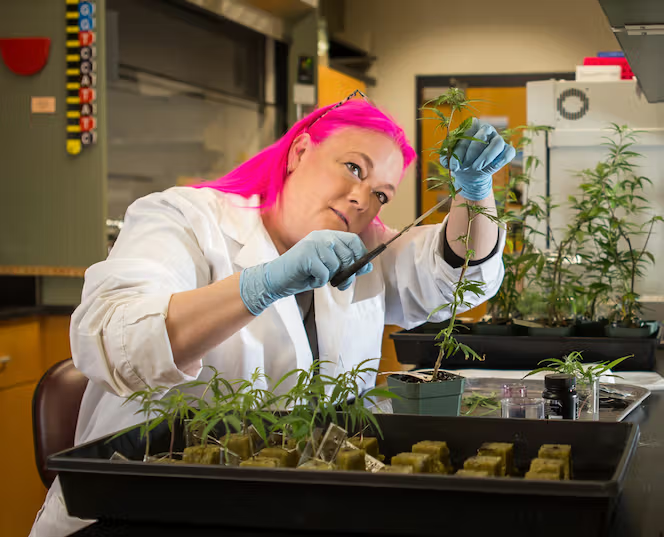Cannabis consumption among older adults in the United States has reached an all-time high, with 7% of individuals aged 65 and older reporting use in the past month, according to a recent study by researchers at the Center for Drug Use and HIV/HCV Research (CDUHR) at NYU School of Global Public Health. This analysis, published in JAMA Internal Medicine, highlights a notable shift in the demographics of cannabis users within this age group.
The study indicates that the profile of older cannabis users has evolved, with significant increases in usage among college-educated, married, female, and higher-income individuals. “Our study shows that cannabis use among older adults continues to increase, although there have been major shifts in use according to demographic and socioeconomic factors,” stated Joseph Palamar, PhD, MPH, the study’s senior author and an associate professor at NYU Grossman School of Medicine.
As of 2023, 7% of older adults reported current cannabis use, a rise from 4.8% in 2021 and 5.2% in 2022, marking a nearly 46% increase over two years. In contrast, data from 2006 and 2007 indicated that less than 1% of older adults had used cannabis in the past year. Benjamin Han, MD, MPH, the study’s first author, noted, “This is the first time we were able to examine ‘current’ use of cannabis in this age group. Before, we were only able to look at past-year use because the numbers for current use were too small.”
The study utilized data from the National Survey on Drug Use and Health collected from 2021 to 2023, focusing on individuals aged 65 and older. Notably, certain demographics experienced sharper increases in cannabis use, particularly married individuals, white respondents, those with college degrees, and those earning at least $75,000 annually. While older men remain more likely to use cannabis than older women, there was a significant rise in usage among older women during this period.
Additionally, cannabis use among older adults has surged more in states where medical marijuana is legal compared to those where it is not. Palamar remarked, “It shouldn’t be surprising that use is becoming increasingly more common among people who live in states that allow medical cannabis, which could be due to increased availability or social acceptability.”
Interestingly, the researchers observed that older adults with the highest incomes had the lowest prevalence of cannabis use in 2021, but by 2023, this group had the highest prevalence. This shift may reflect better access to medical cannabis, which can often be costly.
The study also revealed that cannabis use is rising among older adults with chronic diseases, particularly those with multiple conditions like heart disease, diabetes, hypertension, cancer, and chronic obstructive pulmonary disease (COPD). The authors caution that these overall increases might be influenced partly by older individuals who have used cannabis in the past now aging into the 65+ demographic.
Given the rising trend of cannabis use among older adults, researchers recommend that healthcare providers screen and educate their patients about cannabis usage. They emphasize the importance of informing older patients about how aging can impact sensitivity to psychoactive substances. Han, a geriatrician, mentioned, “As a geriatrician, I see more and more people interested in using cannabis for treating chronic health symptoms. But cannabis can complicate the management of chronic diseases and can be potentially harmful if patients are not educated on its use and risks.”
The research received support from the National Institute on Drug Abuse and the UC San Diego Sam and Rose Stein Institute for Research on Aging, with contributions from Kevin H. Yang of UC San Diego and Charles Cleland of NYU Grossman School of Medicine.




